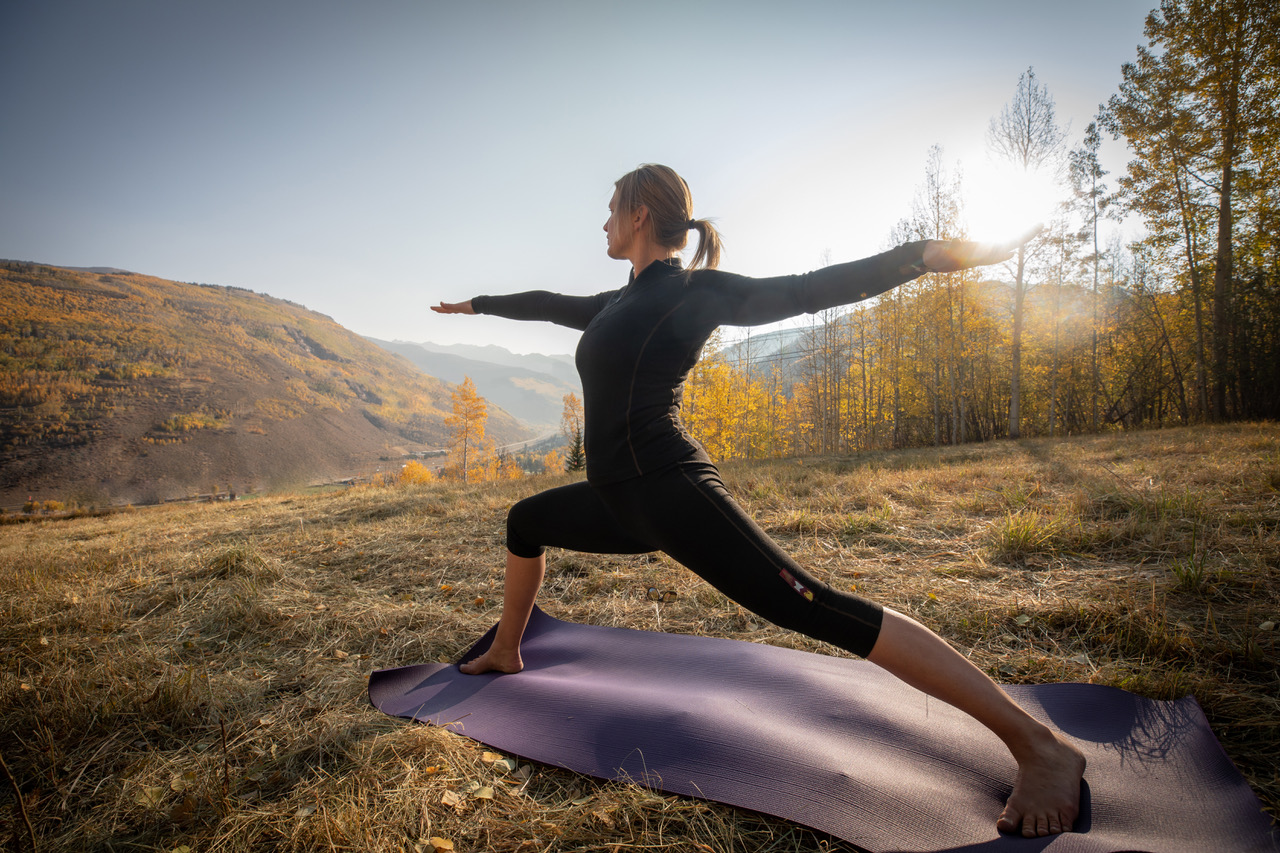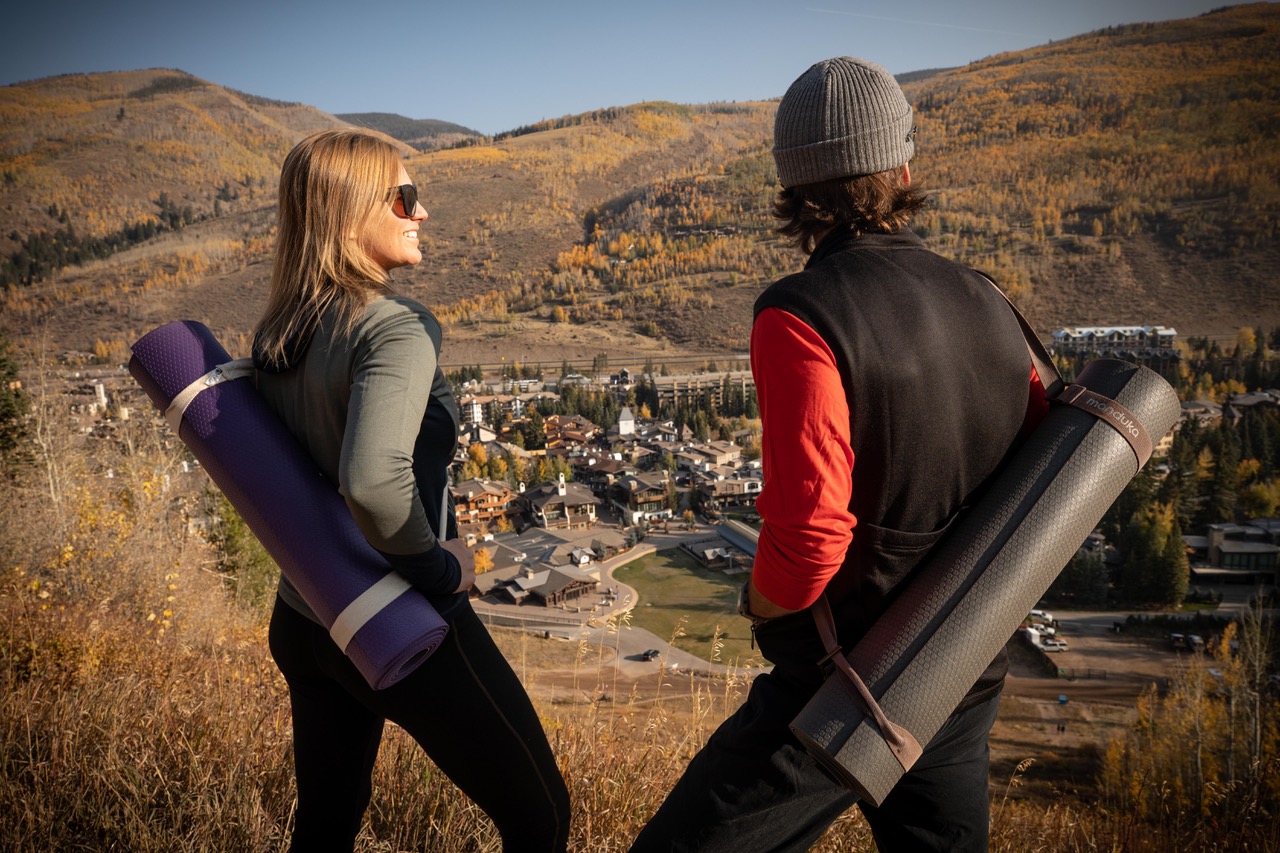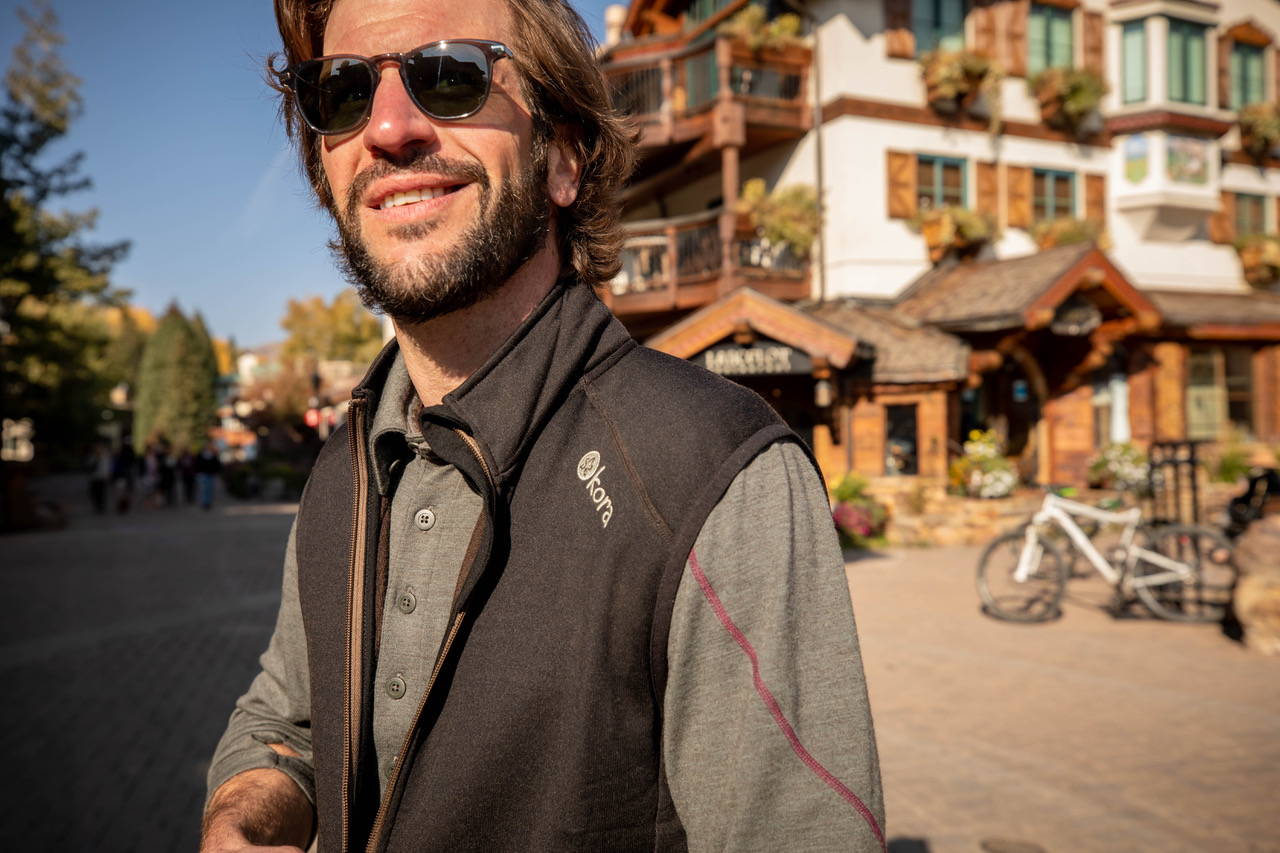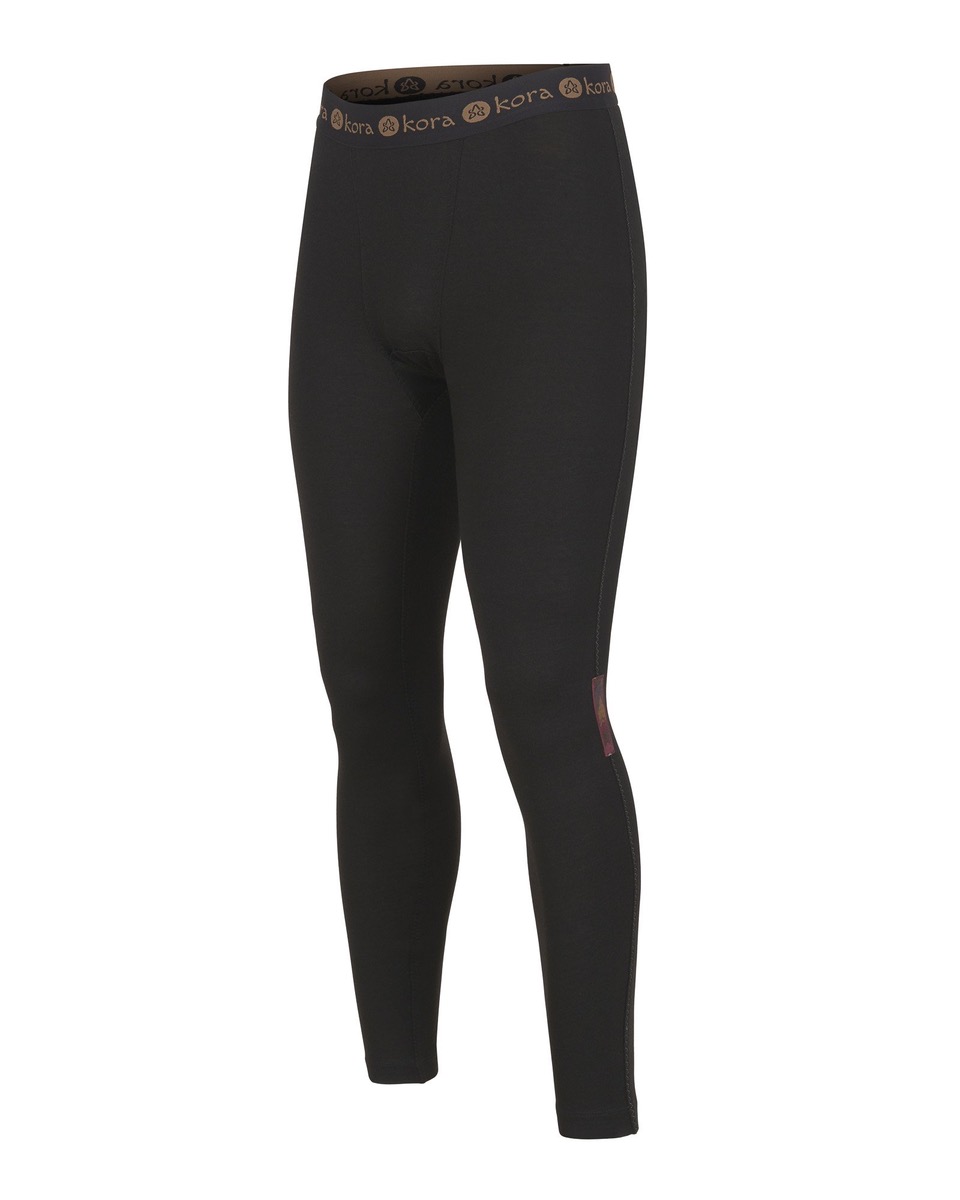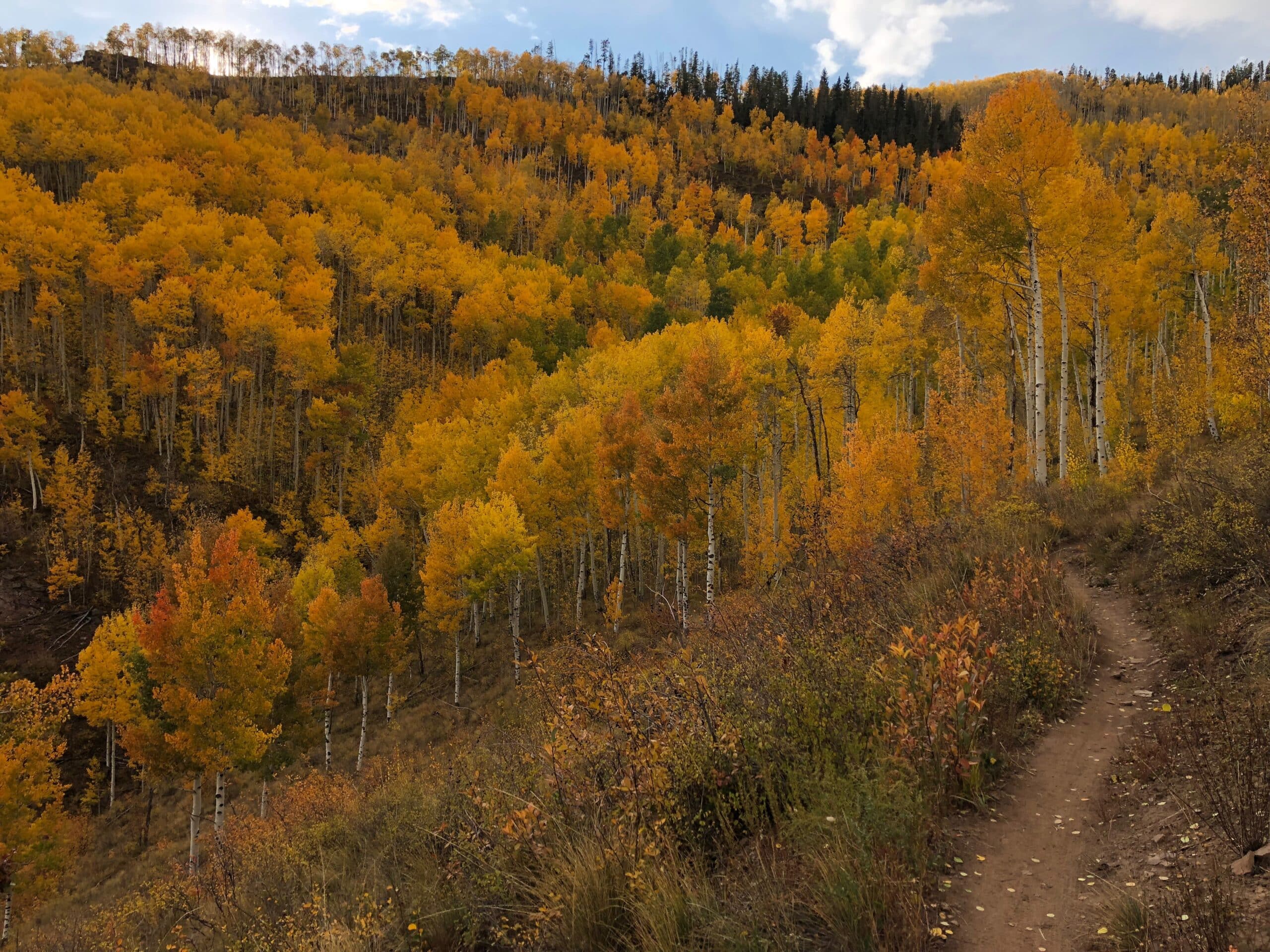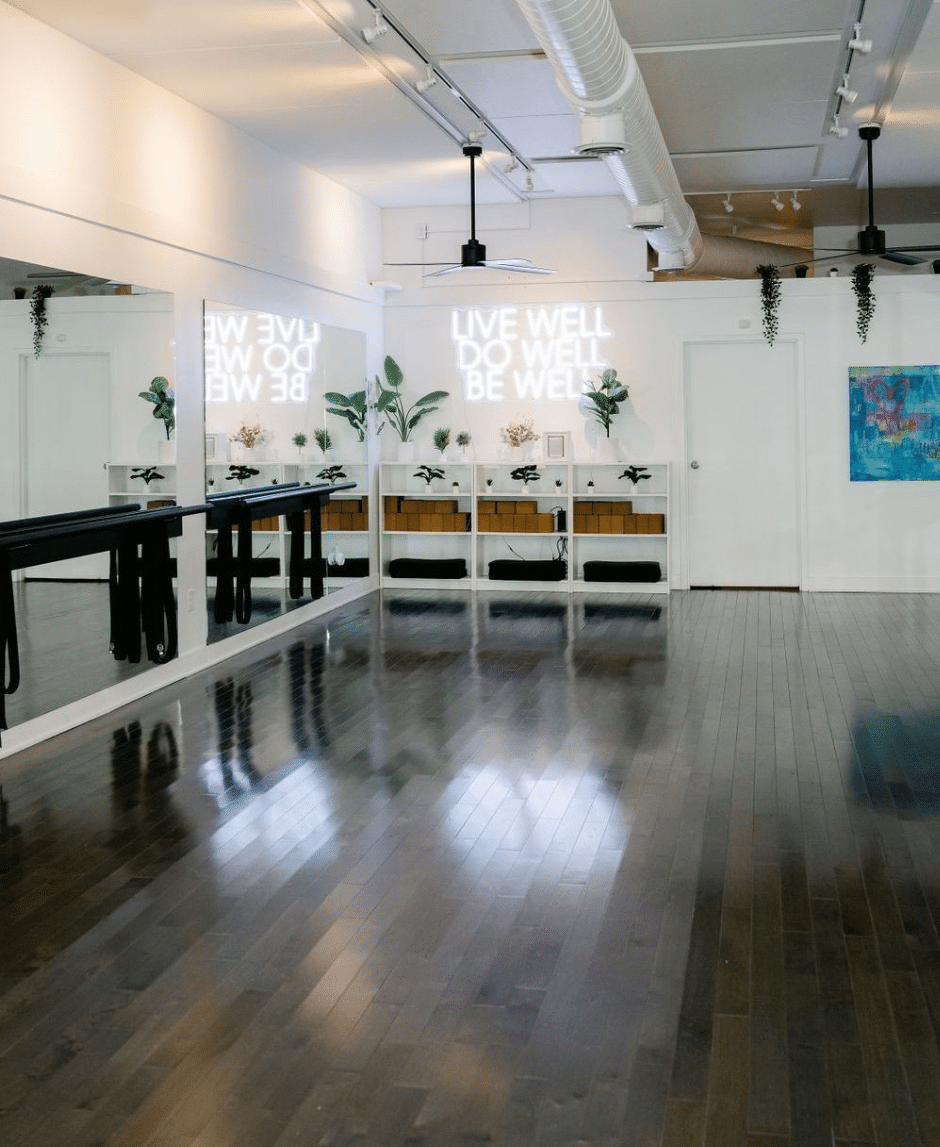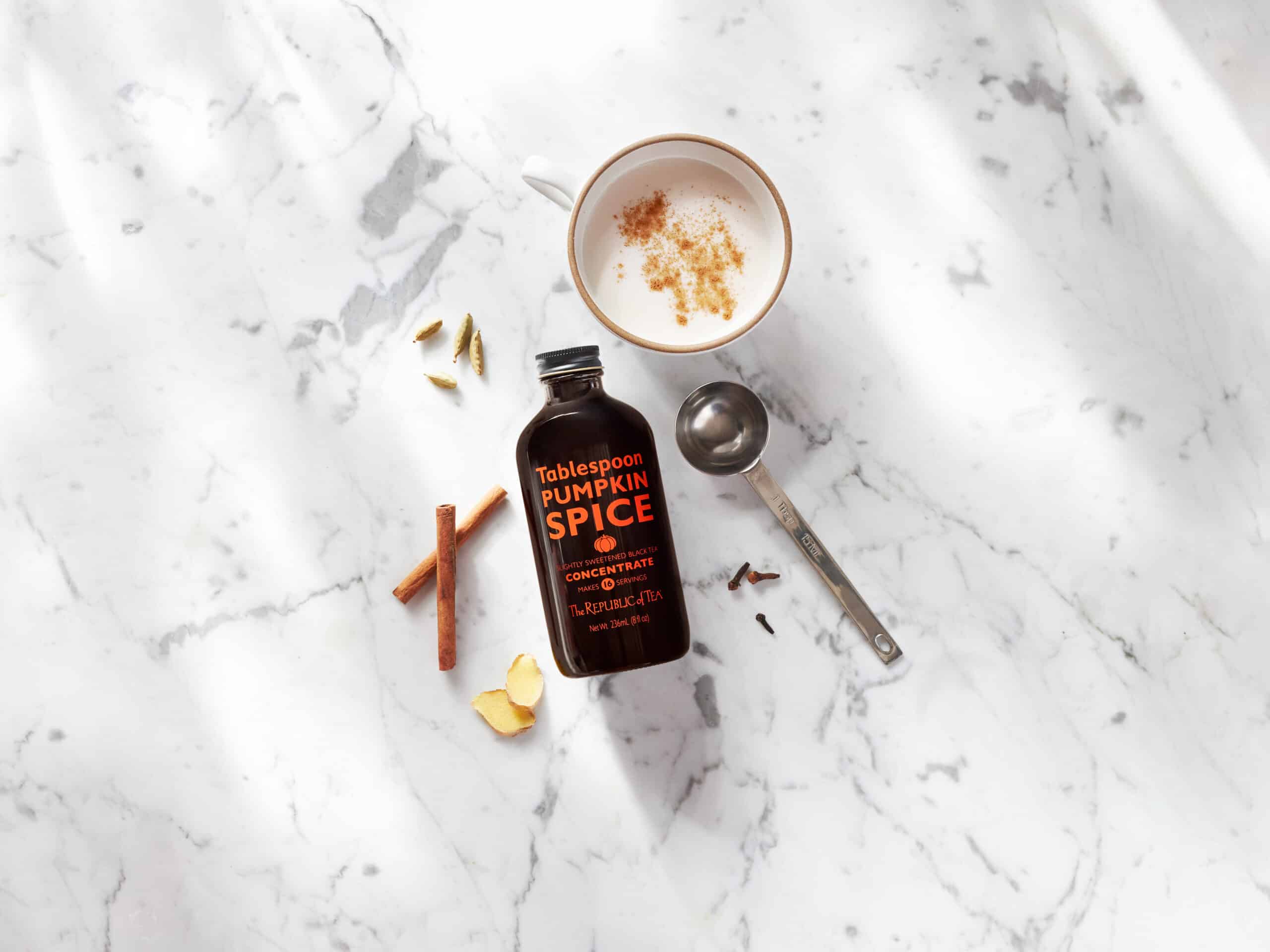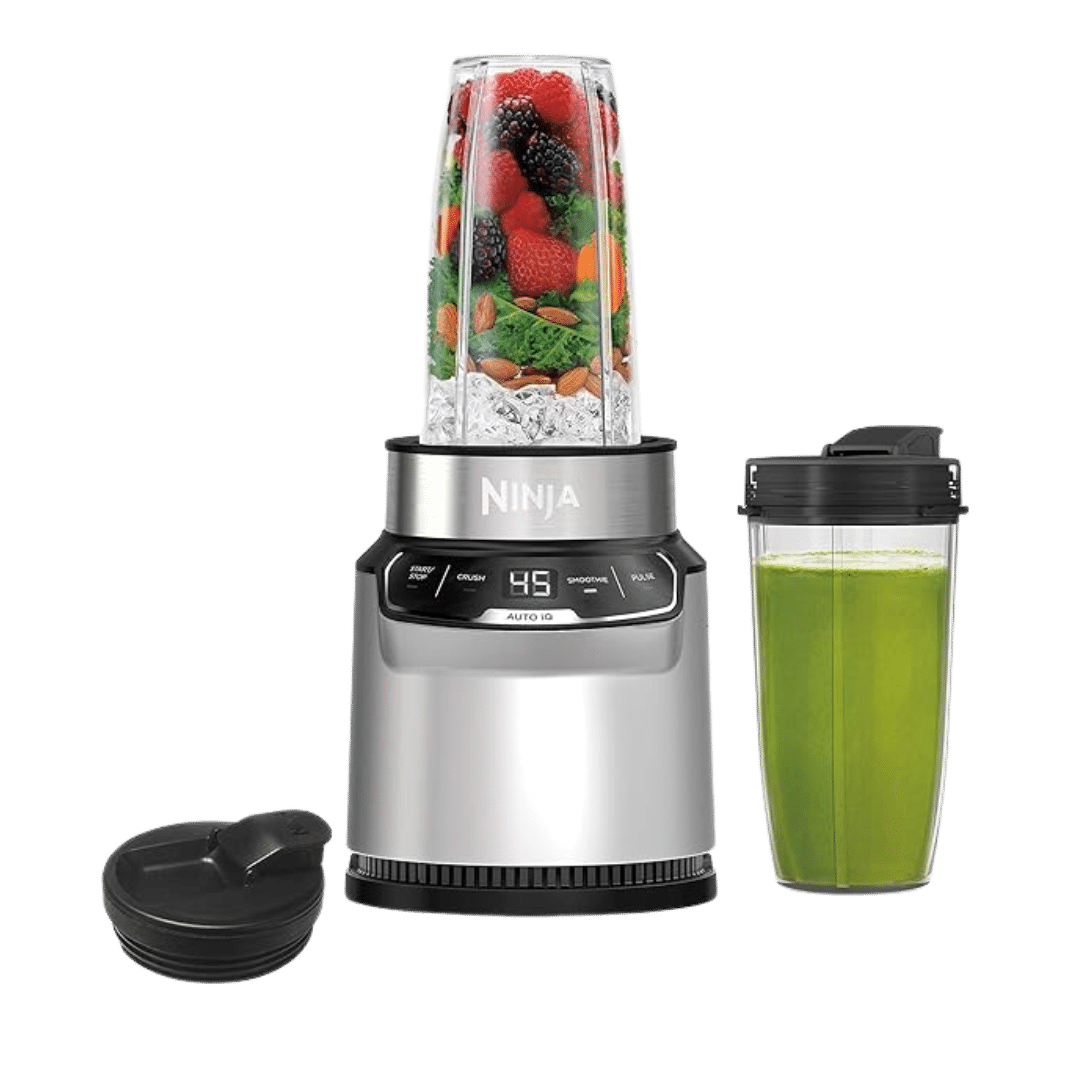Sustainability Story : Kora | By Kim Fuller
While more and more consumers are looking to invest in more sustainable products and companies, the activewear market is still searching for fabrics that deliver, and Kora has it all.
“Yak wool is new to many people,” explains Nicola Waskett Bannister, Kora marketing consultant and yoga instructor. “As a standalone raw material, it has superior thermal — warming and cooling — properties as the fibers are very fine and hollow. It is also extremely flexible and durable, and enhances the thermal properties of other wools such as merino. It’s really a ‘hero’ ingredient for products.”
Kora has a big opportunity with consumers who are moving away from fast and cheap fashion towards well-made, high-quality clothing that lasts and really works. The brand aligns with the awareness consumers have about choosing more sustainable options. This ethos adds to feeling good when you wear it and work out, whether that’s yoga, cycling, climbing or backcountry skiing.
“Kora’s genius is that it not only designs great products but has been creating its own yak wool fabrics for years, so the team is expert in this area of peak performance,” Bannister adds.
Yak Wool’s “Elite” Properties
Michael Kleinwort is the founder of Kora. After working in and traveling through Africa and Asia, he became increasingly inspired to help communities adjust to the pressure of the developing world.
“This was when I was first exposed to the idea that the private sector could be guided to achieve community and conservation objectives,” shares Kleinwort.
About a decade later, and now about 10 years ago, Kleinwort was based in Beijing, China, and in his spare time he was doing a lot of trekking in the Himalayas.
“I grew up in France and Switzerland, so I grew up skiing, trail running and mountain biking and cycling, and in China I got into trekking,” says Kleinwort. “A Canadian friend of mine introduced me to some nomadic families that he knew. And it was in our discussions with them that I heard about yak wool.”
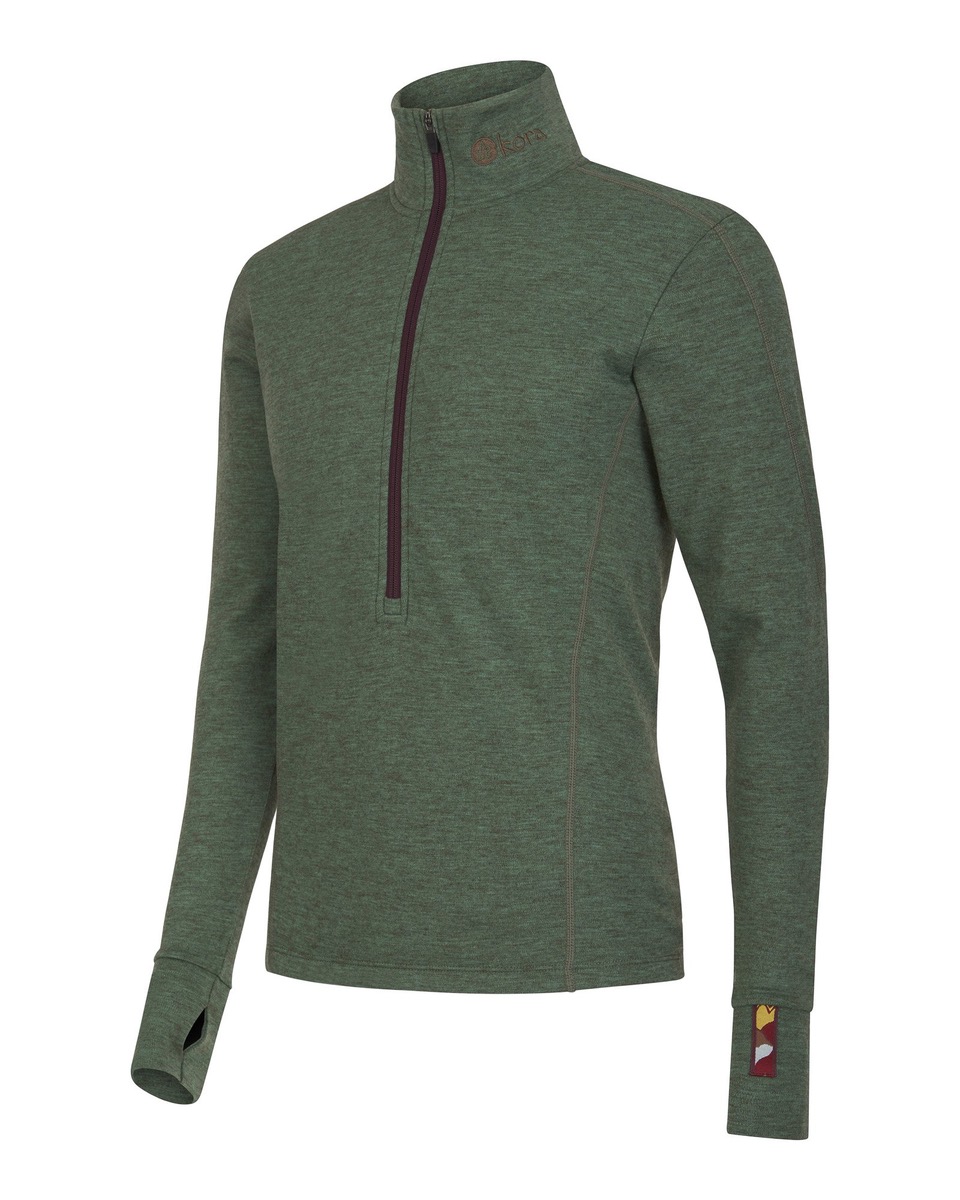
Kora Men’s Xenolith Sweater
What Kleinwort discovered is that yak wool has elite properties for technical use, including breathable insulation, quick-drying and antimicrobial, temperature regulating and moisture managing, but has classically been difficult to work with technically and logistically — you had to go to 5,000 meters (16,000 feet) altitude to get it.
“So, it’s an underused resource,” he explains. “And at that time, mostly you’d see it in the Chinese market, in the Russian market, in small quantities. The idea at the time, if it was possible to buy this wool, regularly from these families, is that we’d be providing them with a regular source of revenue, which they don’t have — they literally survive off the yak itself. Other than selling the animal for meat or selling the butter and the cheese, there is no other source of revenue that they really have.”
The development process took until 2013, when they had a stable fabric from 100-percent yak wool and created Kora’s first product: baselayers.
“The idea of going with the baselayer is the baselayer is the hardest thing to convince people to wear because it’s next to your skin,” says Kleinwort. “A baselayer is intimate. You need to be fully convinced even before you buy it. And then you know very quickly if it’s comfortable or not. My sense was once we’d convinced them of the benefits of yak wool through baselayers, we could then go to midlayers and beyond.”
With many performance-based pieces now in the Kora line, the brand has been renowned for accompanying long and extreme adventures. Kora, however, is also ideal for anyone interested in an any kind of active, outdoor lifestyle.
“People are starting to see that these are cross-over pieces,” says Kleinwort. “They can be worn on the mountain, but they can also be worn on down days. Throughout the winter, or anytime when it’s not the height of summer, you can wear Kora.”
Bannister says her favorite piece is “most definitely” the Shola 230 Zip.
“It is absolutely brilliant for everything and it’s my go-to for wearing over a crop top. The long body length is ideal for multi-directional movement during practice and the fabric is so soft and naturally flexible — it keeps my muscles warm but also stops me from getting sweaty because of the thermal properties of the yak wool,” she shares.
Bannister says she also loves using this piece in a yoga studio — especially when the air conditioning is blasting during Savasana.
“As the Shola 230 is close fit to the body, it’s also perfect for wearing to and from the studio with jeans or track pants so I don’t need to take a change of clothes,” she explains. “It really is the perfect yoga top layer!”
Supporting Ethical Practices
On a trek, the less you carry the better because you can move faster. Kleinwort says this is the core strength of yak wool — the fact that you can wear it in such a wide range of conditions, and it doesn’t hold odor, so you don’t have to carry multiple pieces.
“The same goes for your wardrobe,” he explains. “If you can have this one piece and it means you don’t have to buy two or three other pieces, it’s good for you financially, but it’s also great for the environment.”
Yaks malt in the spring — the wool becomes detached from the animal and the herders in the area collect it by hand. It’s a painless process for the animal with no shearing involved. Kora buys the wool directly from nomad families, at a fair price, in addition to a five to 10 percent bonus to the families every year to encourage continuity.
“The more wool that we can buy, the more families that we can help,” says Kleinwort. “One of our wishes for Kora is that we’re able to give those families a chance to continue their way of life on their own terms, in the mountains where in fact they are the best guardians of those areas. They know better than anyone how to manage a yak herd in those places and how to survive.”
Bannister says she looks to support ethical practices as much as she can, from the food she eats to the brands she buys.
“This may mean using sustainable and renewable resources, or supporting the communities and environment where raw materials are sourced,” she shares. “I also like to support smaller, independent brands that are often the most creative, ingenious companies and create exciting products. I’m very aware about what I put against my skin — I will always opt for natural fibers that have not been bleached or highly processed. Kora checks all of these boxes.”
Photos by Nick Junker, Capture the Action.
The Ninja Nutri Pro is a compact blender that allows you to take your smoothie on the go [...]

Subscribe to Our Tribe
Stay up to date with Y+L News, Events and special announcements.




